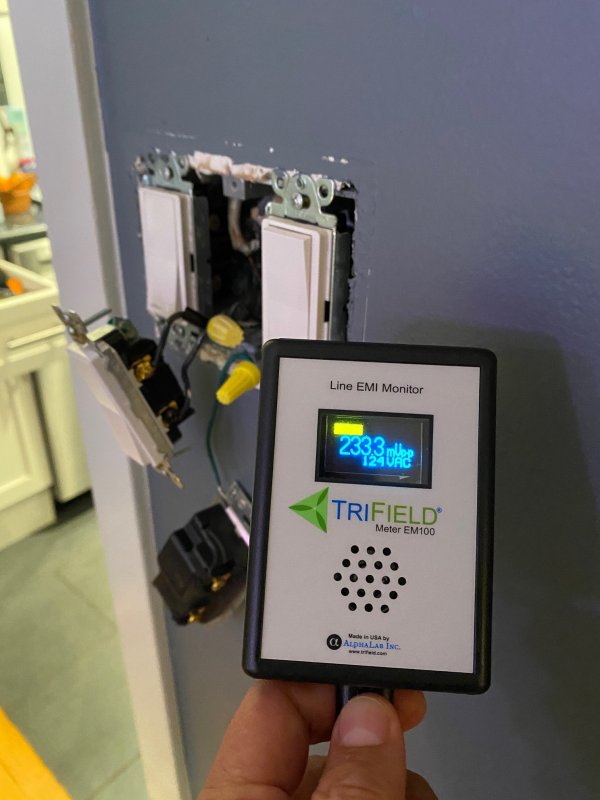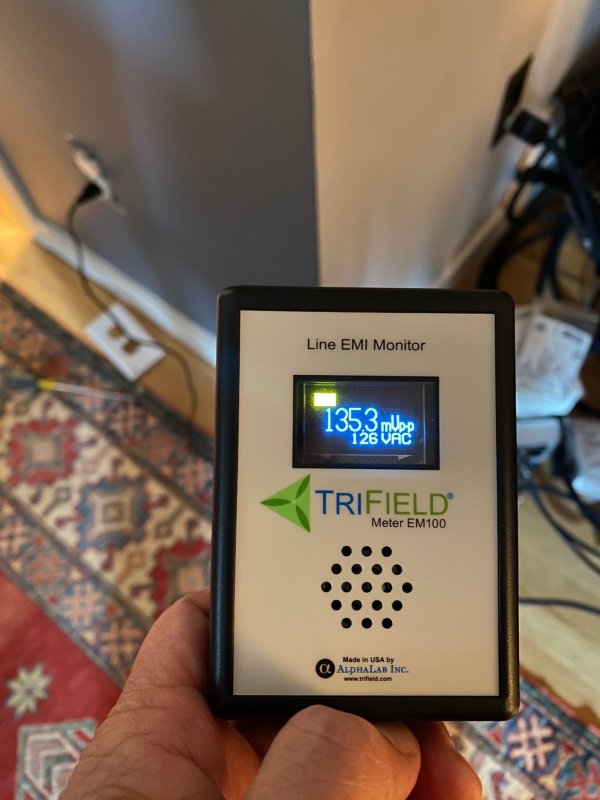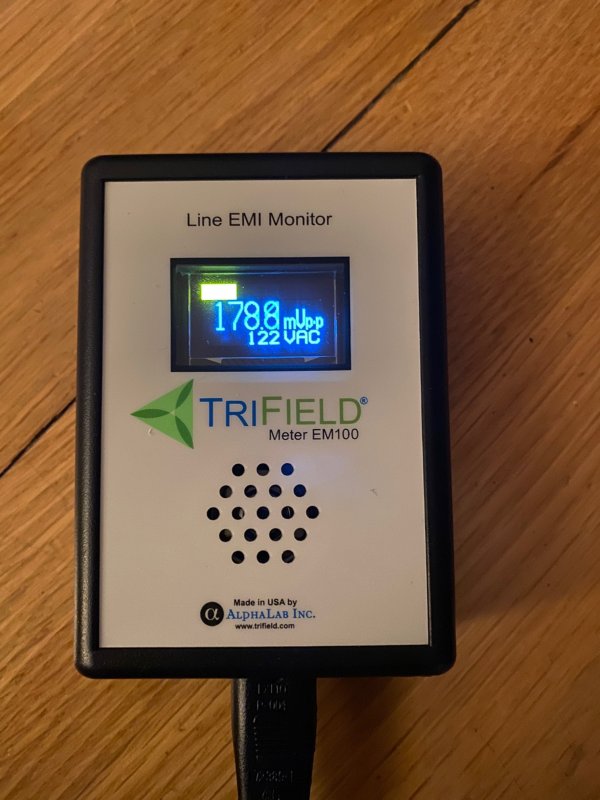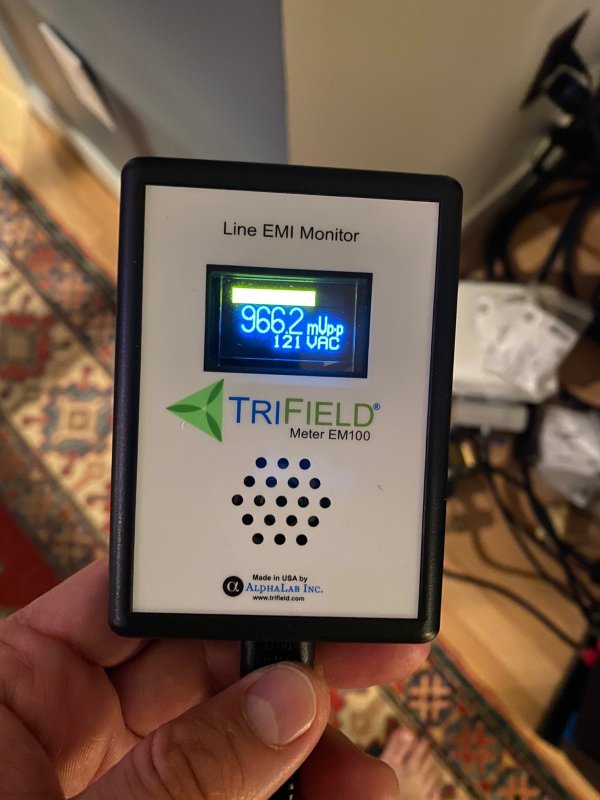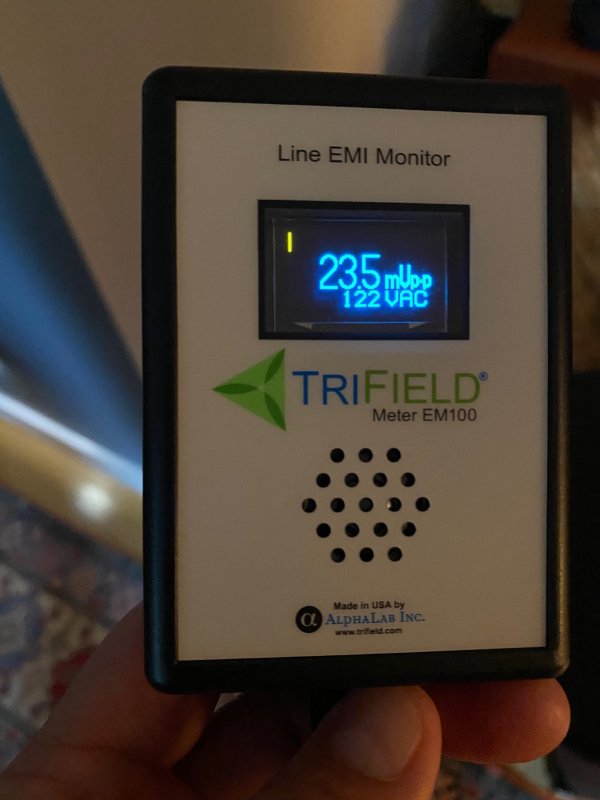I've had some very interesting discoveries with this device...
1) Noise generators seem to affect nearby outlets, not those at a distance; this *might* jive with what Kingrex said about grounds, thinking that eventually noise is shunted to ground after some distance, depending on the wiring and ground configurations. This is a very interesting observation. What I also gather out of this is that, perhaps, the best grounding solution for an audio system might be to use just a couple of outlets as I do, but also give them a dedicated and direct path to earth ground (hard to do without tearing down walls)
Case in point: 12V transformers near the audio system as shown in previous posts; the desktop computer and nearby outlets but not the audio system far away; the wifi devices (router, repeater) but nothing else further away; but less so the APC battery backups which host the wifi devices; etc.
2) Dimmable 12V halogen or LED, as well as dimmable 120V lights are major noise generators - not good at all
3) The Denali v2 and NR power cords keep noise to the audio system to a bare minimum, even with everything else turned on - *that* is their real value. Listening over the last 6-9 months has confirmed that the system's performance is steady no matter what
4) The Shunyata Defender is an interesting but perplexing device; it did nothing just about anywhere as I wrote earlier... save for one outlet pair, where it clearly attenuated noise by some 20%; and that outlet pair was in a bathroom. I cannot explain this right now. It certainly doesn't seem to be doing anything in my audio system
5) Quite clearly, running all main audio components through the Denali and all ancillaries (like the speakers, tape decks etc) through an MIT distribution box renders the best results, as opposed to running anything directly to the wall outlets
6) In the end, one cannot avoid the inherent noise in the incoming power line to the house, one cannot avoid all the noise-generating devices in the house, and the only defense is proper grounding of the audio system and the defense of proper power conditioning like the Shunyata
7) All of the above does make me think that I should be buying MORE, not fewer, Shunyata power conditioners to plug in as many noise-generating devices, like one for the computer, one for the wifi devices, one for the video system, etc... a rather crazy and expensive idea


